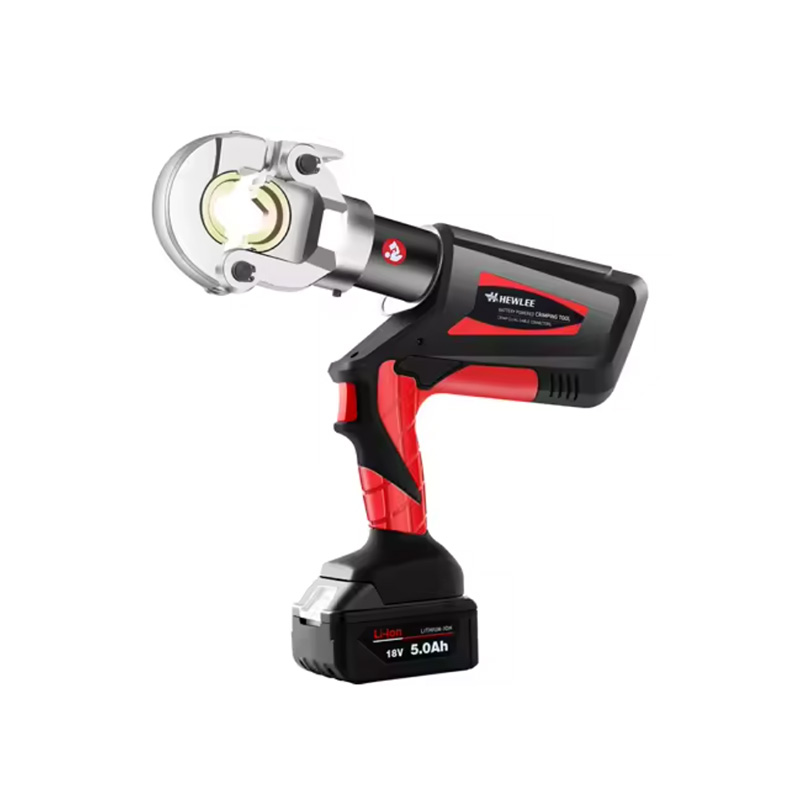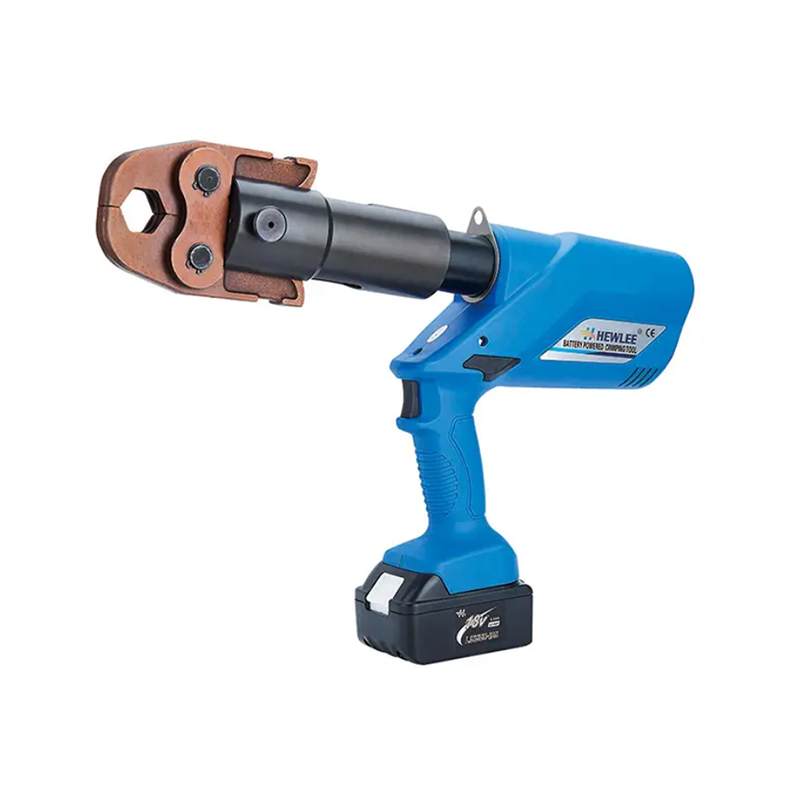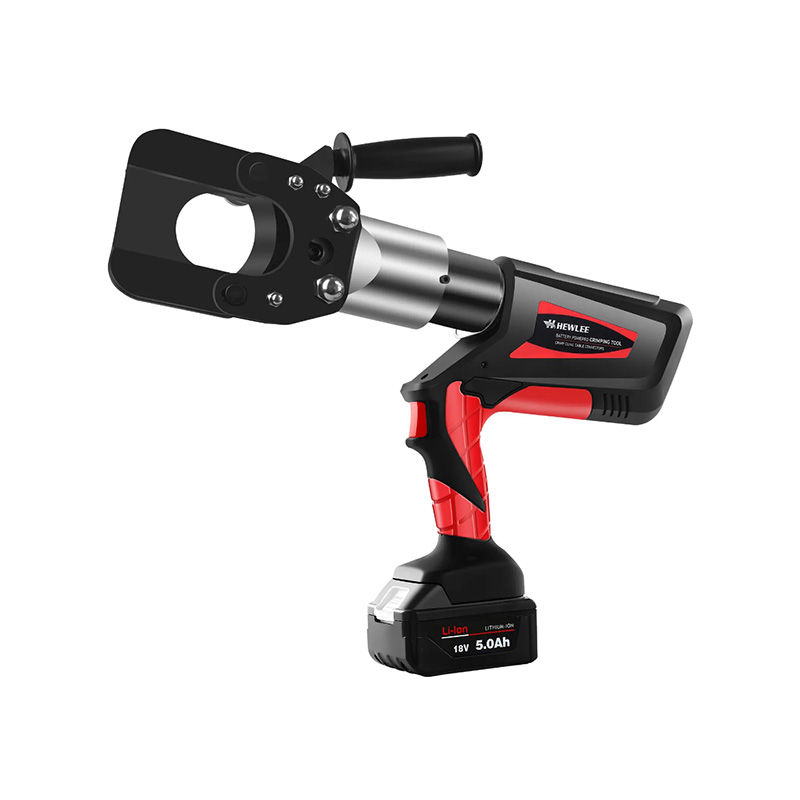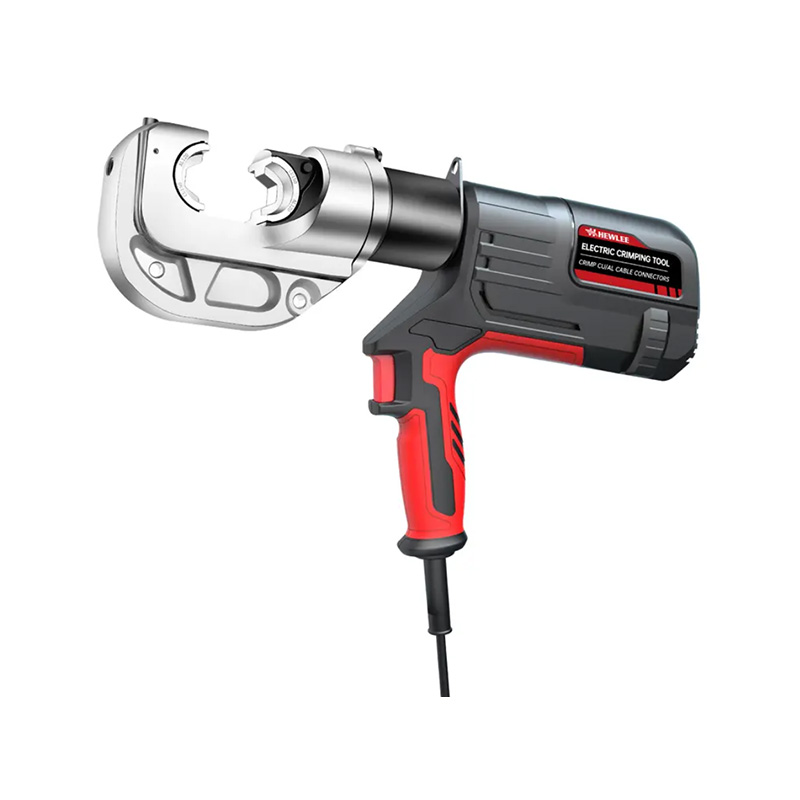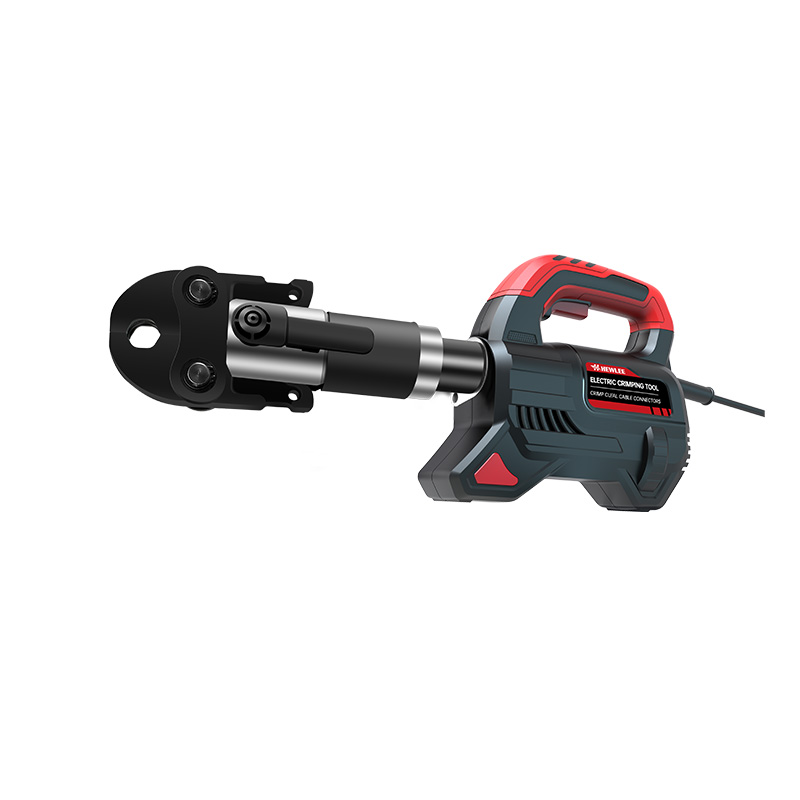Contact us to find out how our products can transform your business and take it to the next level.
Strategies For Reducing Costs In Battery Manufacturing
 2024.10.21
2024.10.21
 Industry News
Industry News
In the rapidly evolving landscape of battery manufacturing, cost efficiency has become a crucial factor for sustaining competitiveness and ensuring profitability. As companies strive to deliver high-quality batteries while maintaining reasonable prices, exploring various strategies to reduce costs is imperative. This article delves into effective approaches that manufacturers can adopt, focusing on resource optimization, technology integration, and efficient tools.
One of the one areas to consider for cost reduction is the optimization of raw materials. The choice of materials significantly impacts overall production costs. By carefully analyzing the supply chain and negotiating with suppliers, manufacturers can secure better pricing for essential components. Additionally, embracing alternative materials that offer comparable performance at lower costs can yield substantial savings. For instance, using lightweight materials can reduce the weight of batteries, pilot to lower shipping costs, and improve energy efficiency.
In tandem with material optimization, energy consumption during the manufacturing process plays a vital role in overall costs. Investing in energy-efficient machinery and implementing lean manufacturing practices can advance to significant reductions in energy use. For example, utilizing modern equipment that consumes less power not only decreases utility bills but also extends the lifespan of manufacturing tools. This is where the integration of advanced technologies, such as automation and artificial intelligence, can prove invaluable. By incorporating automated systems, manufacturers can enhance productivity and lower labor costs while maintaining consistent quality.
Moreover, the adoption of specialized tools, such as a cable clipping tool and electrical cable lug crimping tool, can contribute to reducing costs in battery manufacturing. These tools streamline the assembly process, allowing for quicker and more efficient connections between battery components. In particular, heavy gauge wire crimpers facilitate secure connections that are essential for battery performance and reliability. By utilizing these tools effectively, manufacturers can reduce labor time and less the risk of errors, pilot to overall cost savings.
Investing in employee training and development is another strategic approach to cost reduction. A well-trained workforce can operate machinery more efficiently and safely, reducing the likelihood of accidents and equipment damage. Additionally, training employees in ideal practices for assembly and quality control can advance to fewer defects and rework, which ultimately lowers costs. Continuous improvement programs that encourage employee feedback can also foster a culture of innovation, where workers actively seek ways to enhance processes and reduce waste.
Furthermore, manufacturers should evaluate their inventory management practices. Implementing just-in-time (JIT) inventory systems can help less holding costs and reduce waste associated with excess materials. By closely monitoring production schedules and aligning them with material deliveries, companies can ensure they only procure what they need, when they need it. This not only reduces costs but also enhances overall efficiency in the manufacturing process.
Collaboration and partnerships with other companies can also provide avenues for cost reduction. By sharing resources, manufacturers can lower expenses related to research and development, procurement, and logistics. Joint ventures or strategic alliances can advance innovative solutions that benefit all parties involved. For instance, collaborating on the development of new technologies or processes can yield better results than working in isolation.
Another crucial aspect to consider is the environmental impact of battery manufacturing. While initially perceived as a cost, investing in sustainable practices can advance to long-term savings. By reducing waste and improving energy efficiency, manufacturers not only comply with regulations but also appeal to environmentally conscious consumers. Implementing recycling programs for battery components can further less costs associated with raw material procurement and waste disposal.
Lastly, regular assessment of production processes is essential for identifying inefficiencies and areas for improvement. Conducting thorough audits can reveal bottlenecks in the manufacturing workflow, allowing companies to implement targeted solutions. Continuous monitoring of performance metrics, such as production yield and cycle times, can provide valuable insights for refining processes and reducing costs.
In conclusion, the journey toward cost reduction in battery manufacturing involves a multifaceted approach that encompasses material optimization, technology integration, effective tool usage, employee training, inventory management, collaboration, sustainability, and ongoing process evaluation. By delving into these strategies, manufacturers can enhance their competitiveness while ensuring the delivery of high-quality products. Embracing these initiatives not only advances immediate savings but also establishes a foundation for long-term success in a dynamic industry.
 English
English русский
русский Español
Español

